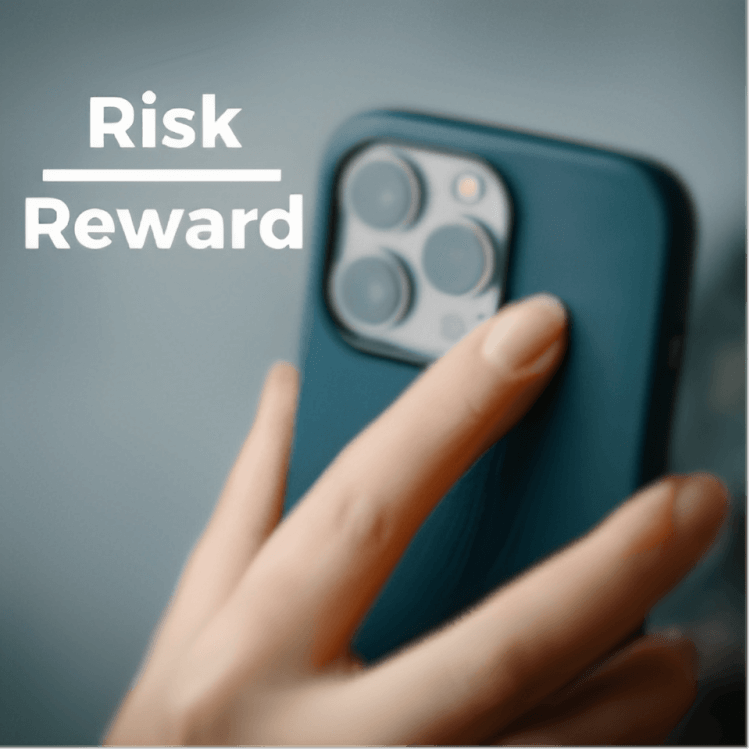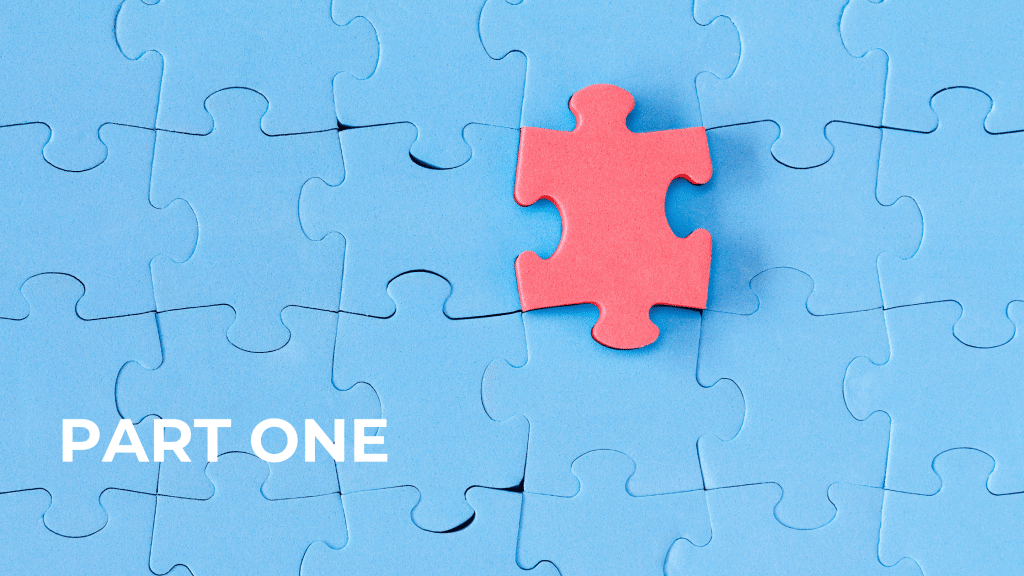Today Apple’s iOS is one of the most dominant mobile operating systems. However, Apple’s decision to develop and launch the iPhone was a significant risk.
At the time, the market was dominated by established players, and the concept of a touchscreen smartphone was unproven.
However, Apple took the leap, investing significant resources and taking substantial risks.
The iPhone’s success not only transformed Apple into one of the world’s most valuable publicly traded companies but also revolutionised the entire mobile industry, leading to the birth of the app economy and changing how we communicate and consume information.
Apple knew you need to take on some risk when you want to gain a benefit.
After all, living life without risk is like eating Weetbix three times daily – it would be pretty bland and boring.
If you want to thrive in complexity and ambiguity, it helps if you’re attracted to situations at work with opportunities to immerse yourself in new tasks with risk attached and do things seemingly never done before.
It’s about allowing yourself to take a chance even when there is a relatively high possibility of failure, seeking variety in your work and preferring to risk failing rather than being bored or stuck in inertia.
When you develop a desire to take risks, you’re likely to:
- Leap towards and look for opportunities to be involved in innovating.
- Throw your hat in the ring and be confident to take risks and try new ways of doing things.
On the other hand, if you’re not so keen to take a risk, you probably believe it’s best to stick with the devil you know, consistently apply tried and tested solutions and avoid risking unnecessary failure.

In their Harvard Business Review article “Increase Your Return on Failure” Julian Birkinshaw and Martine Haas explain that despite many companies embracing failure as part of innovation, a near-zero tolerance for failure blocks organisations and people from pursuing new ideas.
They suggest this can be overcome by focusing on rigorously extracting value from failure, so the return on failure ratio can be measured, and you can improve the return.
They believe this allows companies to boost benefits while controlling costs. I believe this concept can also be applied at a personal level.
Try keeping track of when you made a conscious choice that it was safe to try, despite the risk of failure, what happened and the value of what you learned.
The aim is to start small and be clear about what you’re okay with going wrong or risk losing.
Remember to track progress and the accumulation of benefits over time.
Birkinshaw and Haas spent more than a decade researching and working with over 50 companies across a dozen industries and found that when people adopt the right mindset, they can increase this return on failure ratio “not just by minimising the downsides of projects but also by maximising the upsides”.
Author and Executive Coach Debra Benton says, “The biggest risk is not the failure itself but rather the failure to try”.
The secret is to work out how to feel safe to try and increase your inherent desire for risk-taking.
Think of it like being a trapeze artist. You let go of the safety bar, soar through the air, and trust that either the net will catch you or you will be propelled to new heights.

If you want to work on developing your desire for risk-taking – it doesn’t have to be as big as the risk apple took, you could try:
- Using a trusted accountability partner to help you focus and determine what’s safe to try.
- Reducing the fear of unknown consequences by thinking through what could happen and your and other people’s objections. It may not be as bad as you first imagined, and it’s a good way to help you feel more confident to take informed, courageous action.
- Looking at the situation and consider whether it’s really a risk and what you could do to manage or mitigate it. Remember to give yourself the permission and space to be creative.
So, what will you plan to feel safe to try this week?







